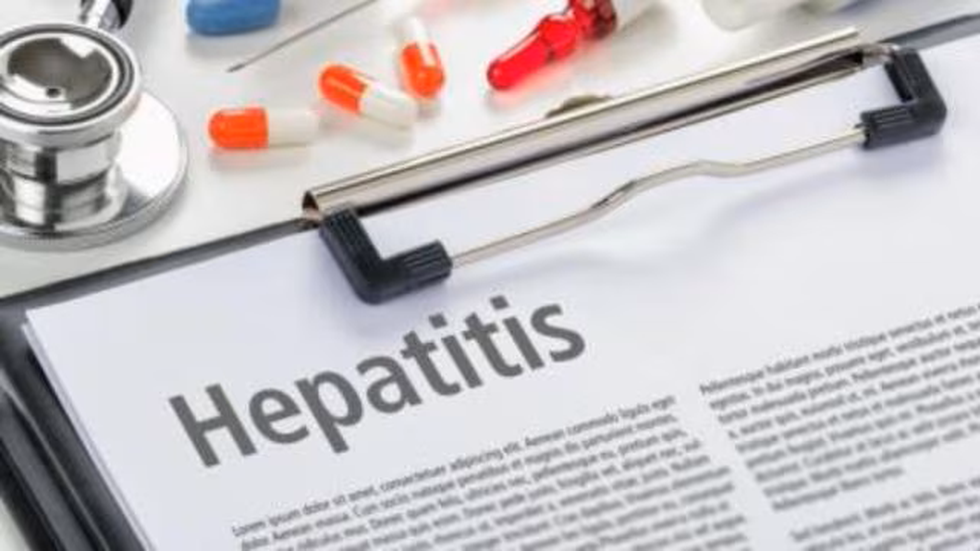India faces a significant burden of viral hepatitis, including Hepatitis B and C infections. These infections pose severe health risks, including liver inflammation, damage, and potential progression to liver cancer.
Statistics
- According to the Global Hepatitis Report 2024 by WHO, India has 2.9 crore people living with Hepatitis B infection and 0.55 crore living with Hepatitis C infection.
- In 2022, India reported over 50,000 new Hepatitis B cases and 1.4 lakh new Hepatitis C cases, resulting in 1.23 lakh deaths.
Transmission
- Hepatitis B and C are transmitted through various means, including mother-to-child transmission, unsafe blood transfusions, contact with infected blood, and needle-sharing among drug users.
Prevention and Treatment
- Hepatitis B can be prevented through vaccination, emphasizing the need for comprehensive vaccination coverage, especially among newborns and high-risk adults.
- Hepatitis C is curable with medicines, making early diagnosis and treatment crucial in reducing its impact.
Symptoms and Complications
- Hepatitis B can cause acute symptoms such as nausea, vomiting, and yellowing of the skin, with potential long-term complications including cirrhosis and liver cancer.
- Many Hepatitis C infections are asymptomatic, but symptoms may include jaundice, loss of appetite, nausea, and fatigue.
Global Impact
- Globally, viral hepatitis is a significant cause of mortality, with approximately 1.3 million deaths annually, rivaling tuberculosis in its lethality.
Challenges in India
- Despite the availability of treatments and diagnostics, the coverage of diagnosis and treatment for viral hepatitis in India remains low.
- Limited utilization of free diagnostics and treatment under national programs contributes to poor coverage.
Recommendations
- There is a need for enhanced awareness, screening, and treatment initiatives to address the growing burden of viral hepatitis in India.
- Improving access to diagnostics and treatment, particularly for high-risk populations, is essential to mitigate the impact of these infections.
Multiple Choice Questions (MCQs):
- What is the estimated number of people living with Hepatitis B infection in India, according to the Global Hepatitis Report 2024?
- A) 2.9 million
- B) 2.9 crore
- C) 55,000
- D) 1.23 lakh
- Answer: B) 2.9 crore
- Which of the following is NOT a common mode of transmission for Hepatitis B and C infections?
- A) Mother-to-child transmission
- B) Unsafe blood transfusions
- C) Inhalation of contaminated air
- D) Needle-sharing among drug users
- Answer: C) Inhalation of contaminated air
- What percentage of Hepatitis B cases were diagnosed and received treatment in India, as per the Global Hepatitis Report?
- A) 10% diagnosed, 2% received treatment
- B) 50% diagnosed, 30% received treatment
- C) 2.4% diagnosed, 0% received treatment
- D) 90% diagnosed, 70% received treatment
- Answer: C) 2.4% diagnosed, 0% received treatment
- Which of the following is true regarding Hepatitis C treatment?
- A) It requires lifelong medication
- B) Treatment is unavailable in India
- C) It lasts for 12 to 24 weeks and can cure 80 to 90% of patients
- D) Treatment is only effective in children
- Answer: C) It lasts for 12 to 24 weeks and can cure 80 to 90% of patients
